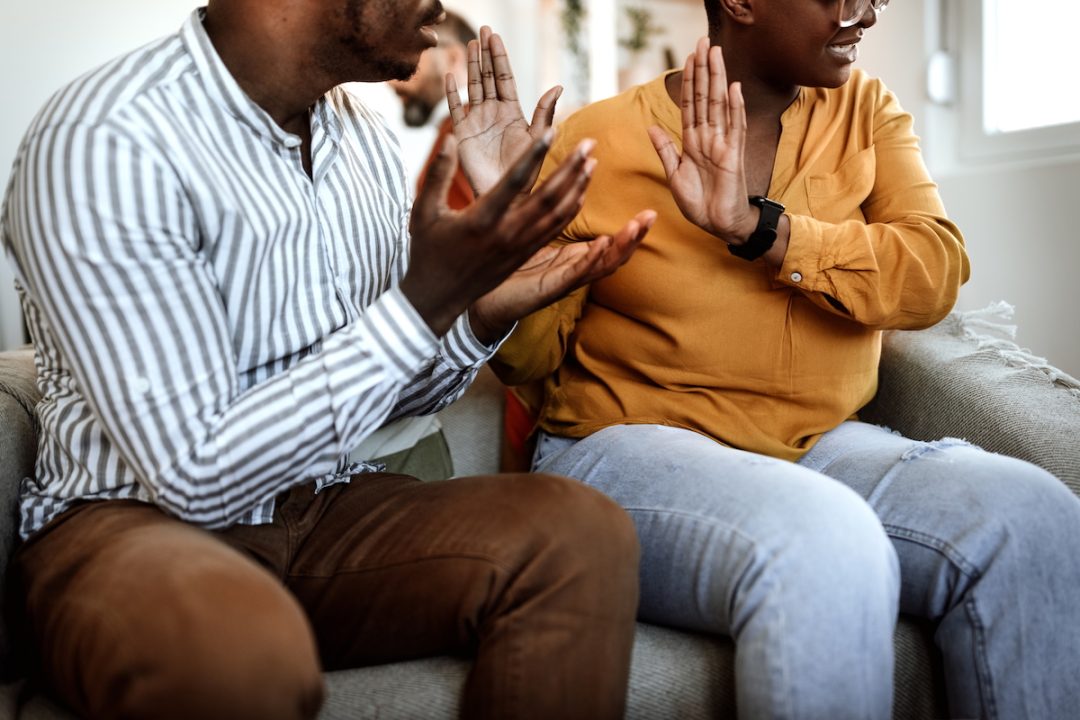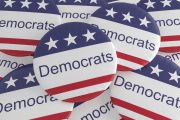
In case you missed it, and the most blessed among us did, Sunday was the fifth anniversary of George Floyd’s death. Activists who didn’t succeed in getting police defunded, and others, gathered to mark the event and have a complaint-fest. Race hustler “Reverend” Al Sharpton, for example, compared Floyd’s plight to that of 14-year-old lynching victim Emmett Till.
“What Emmett Till was in his time,” Sharpton said in Houston, “George Floyd has been for this time in history.”
Mind you, Floyd was a criminal strung out on drugs, who was resisting arrest, when he died in Minneapolis. Till was at worst a cheeky adolescent boy who ran into the wrong people while visiting relatives in Mississippi. But, yes, Sharpton is right: There are similarities (i.e., both individuals are rumored to have drunk water at some point in their lives).
To such racial agitation, though, there’s increasingly a certain profound reaction.
Yawn.
This phenomenon has a name, too: “black fatigue.”
Going to the Well Once (10,000 Times?) Too Often?
“Black fatigue” now has been labeled and is currently receiving much attention, but what breeds it is nothing new. Just consider a passage from black author Booker T. Washington’s 1911 book My Larger Education: Being Chapters from My Experience:
There is a class of colored people who make a business of keeping the troubles, the wrongs, and the hardships of the Negro race before the public. Having learned that they are able to make a living out of their troubles, they have grown into the settled habit of advertising their wrongs — partly because they want sympathy and partly because it pays. Some of these people do not want the Negro to lose his grievances, because they do not want to lose their jobs.
(Lookin’ at you, Rev. Al.)
While the above’s terminology is dated, the message sounds as if it was delivered just last week. One difference, though, between 1911 and today is that the racial-grievance narrative now has total pseudo-elite support — white pseudo-elites included.
This narrative correlates with anti-white ideology, too. This also is a pseudo-elite phenomenon; it’s also nothing new. Just consider that the sentiment “The white race is the cancer of human history” was expressed way back in 1966, by left-wing writer Susan Sontag.
Yet the common people with common sense are a different matter. And addressing this aspect of the issue last Tuesday, commentator Steve McCann wrote:
The reaction of the American left and its adjacent black political class to the arrival of 59 white refugees fleeing de facto genocide in South Africa, combined with ever-accelerating racist rhetoric and demands from America’s black population has further exposed the depth of anti-white racism in the United States and accelerated race fatigue among the vast majority of the American population.
The “Crime” of Being White
McCann then provides examples of the Afrikaner-inspired, anti-white reactions. A summary:
- The Episcopal Church Migration Ministries, contracted since 1988 to resettle refugees regardless of race, ended its participation over the inclusion of white South African refugees.
- Bishop Sean W. Rowe stated that resettling white Afrikaners conflicts with the church’s social justice principles, describing it as incompatible with their identity. (“Identity”? Perhaps they should transition to “Christian.”)
- A CNN panel, primarily composed of black former Obama and Biden staffers and leftist commentators, argued that white South Africans, even as crime victims, don’t qualify for U.S. asylum and are unpalatable immigrants because of their race.
Of course, never mind that organization Genocide Watch (GW) states that the white-farmer situation is in genocide’s sixth stage: “Polarization.” (The group defines 10 genocidal stages. Also, do note, GW is not a conservative entity.)
Doubling Down on Demagoguery
Yet this is just part of a wider propaganda effort, as McCann also illustrates. Again, a summary of his examples:
- Black political leaders, including congressmen, state legislators, and mayors, frequently engage in anti-white rhetoric, supported by many media outlets.
- Rep. Summer Lee (D-Penn.) claimed the current administration fuels “white supremacy” and “racial terrorism.”
- Rep. Ayanna Pressley (D-Mass.) demanded $14 trillion in reparations, citing “emboldened white supremacy.”
- Rep. Jasmine Crockett (D-Tex.) falsely stated that white supremacists commit 80 percent of violent crimes, despite FBI 2023 data showing black Americans (13 percent of the U.S. population) accounted for 46 percent of violent crimes.
- From 1964 to 2009, U.S. race relations improved significantly, with 70 percent of Americans in 2008 viewing black-white relations positively and only 18 percent expressing concern.
- Since 2009, former president Barack Obama helped reverse this progress by promoting anti-white narratives.
- A Washington Post poll indicates 75 percent of black Americans fear attacks by white individuals, despite black perpetrators committing most interracial crimes.
- A Rasmussen poll found only 54 percent of black Americans think it’s acceptable to be white, with 70 percent believing most white people hold white supremacist beliefs.
- Race-based animosity, which imbues many black Americans and is supported by far-left white allies, characterizes white people as inherently racist and undeserving of equal treatment.
- Conservative commentator Matt Walsh noted a narrative that white people are not indigenous to anywhere. This justifies ongoing disdain.
The above statistics are staggering. They’re also a testimonial to propaganda’s power.
Old Narrative Thwarted by New Media?
But then there’s that black fatigue — most notably expressed by black Americans. The three videos below are representative examples.
So what has changed? How is it that commentary that got you canceled 15 years ago is now gaining traction? The Overton Window has shifted — largely because of new media.
There was a time when the erstwhile mainstream media could control the narrative. Dissenters were left isolated and felt very much alone. “Maybe it’s just me,” they might think. But on the internet now they see intelligent, articulate people passionately saying what they’re thinking. What’s more, these citizen-journalists might have millions of views, and there’s strength in numbers — especially when everyone sees those numbers.
So the more something is said, the more it’s said, and the more acceptable it becomes. This applies, even, when something is a painful truth.
One more point: Racial demagogues still often operate based on a black/white dynamic. Our country, however, is no longer close to 90 percent white as it was in the 1960s. It’s approximately 59 percent non-Hispanic white now. And newsflash:
There’s no such thing as Hispanic or Asian “guilt.”
The bottom line is, more and more Americans of all races are tired of the grievance-mongering. Unfortunately, though, the demagogues still are many and have their constituencies. But, oh, if only we’d see a day when the world’s Al Sharptons and Jasmine Crocketts became pariahs.




